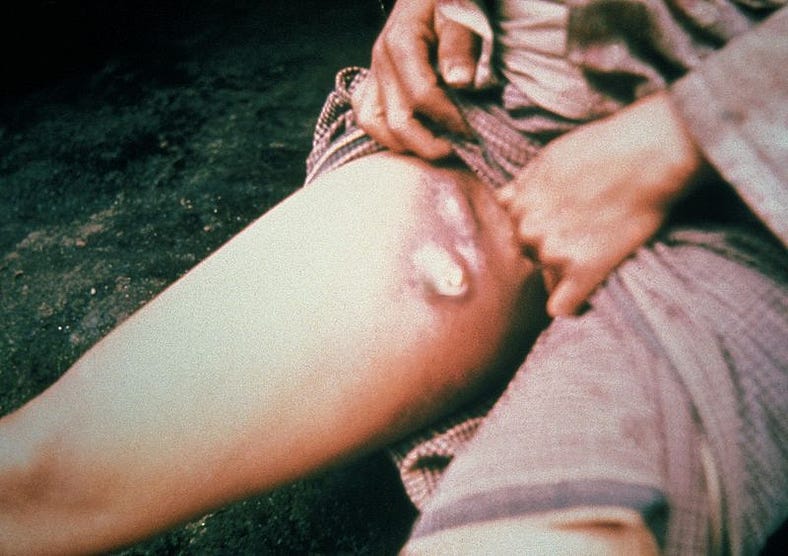 he master mathematician and well-renowned scientist Sir Isaac Newton was also isolated for a period of almost a year during the Great Plague of 1665–1666 when the bubonic plague hit England. The bubonic plague is known throughout history to be the worst disease, caused by the Yersinia pestis bacteria which mainly caused bubonic infections, hence the name. This plague caused the world’s deadliest pandemics such as the Black Death pandemic from 1347 to 1351 and the Plague of Justinian from 541–549 AD.
he master mathematician and well-renowned scientist Sir Isaac Newton was also isolated for a period of almost a year during the Great Plague of 1665–1666 when the bubonic plague hit England. The bubonic plague is known throughout history to be the worst disease, caused by the Yersinia pestis bacteria which mainly caused bubonic infections, hence the name. This plague caused the world’s deadliest pandemics such as the Black Death pandemic from 1347 to 1351 and the Plague of Justinian from 541–549 AD.
During the period between 1665 and 1666, most people had their doors nailed down in order for them to not come out and if anyone inside was infected with the plague a red cross would be painted on their door. Newton did not waste his time during the pandemic, he was always with his head buried in books, but this time he had a different type of research in mind, he wanted to find out what previous scholars had noted on the bubonic plague throughout history.
Newton’s research
Therefore, besides ancient medical scriptures, he took interest in the writings of Jan Baptist van Helmont (1580–1644) who had also lived through a pandemic caused by the bubonic plague in 1605. He wrote a book, De Peste, in which he recorded the research he had carried out on the pandemic and manifestations of the plague.
From this book, Newton developed a better understanding of the causes of the bubonic plague, ways that the bacteria got transmitted from one organism to another, as well as potential cures that might work against combating the disease. In van Helmont’s book, he also found a list of symptoms that show when the plague develops to a new stage (mutating) and ways to avoid being infected with it.

Newton looked at some more medical records from previous pandemics that had been caused by the bubonic plague, prior to the one in 1605, and also carefully watched how the population around him reacted to the disease. Most of this information, as well as notes that he made on the pandemic of 1665–1666, is recorded in the new, unpublished notes found recently — written by Isaac Newton himself—, however, Cambridge University never accepted his findings (just as it had refused his mathematical or scientific papers).
Newton’s cure against the plague
Based on all the research Newton had done during his isolation, he came to a very bizarre conclusion of a cure that can only be described as stomach-turning and weird, to say the least. Beware, as this cure may make you a bit sick to your stomach.
The way you would prepare this cure is by holding a live toad, upside down, above a chimney until the toad would vomit all the insects it had eaten. The vomit would be mixed with yellow wax and the toad would then be ground into a thin powder that would be mixed up with the “lozenges” created from the vomit. This serum would be applied to the affected areas of the body. In a short time, the poison should come out of the bubos and the infected person would slowly recover.
There is no other source of evidence, besides Newton’s text, which states that this cure does actually work. If we take into consideration that we are talking about the 17th century, old bizarre cures such as the one mentioned above were still quite commonly used in many western countries, so I think that people would have given it a try. The worst it could have done to them is kill them, which without any cure was going to happen anyway.
This just goes to show the crazy, out-of-the-box thinking that we require to find a cure for this present pandemic, as well as future ones. Of course, we have advanced a lot, and the medical world would never turn towards old bizarre cures. Many historians critique Newton’s cure because he was never seen as a scholar in the field of medicine.
There are rumors that a lot of his research on this issue was burned in a small fire caused by his dog, but at the same time, who knows how many more unpublished papers he wrote on this issue, or any other medical subject for that matter?
Avid Writer with invaluable knowledge of Humanity!
Upcoming historian with over 30 million views online.
“You make your own life.”





